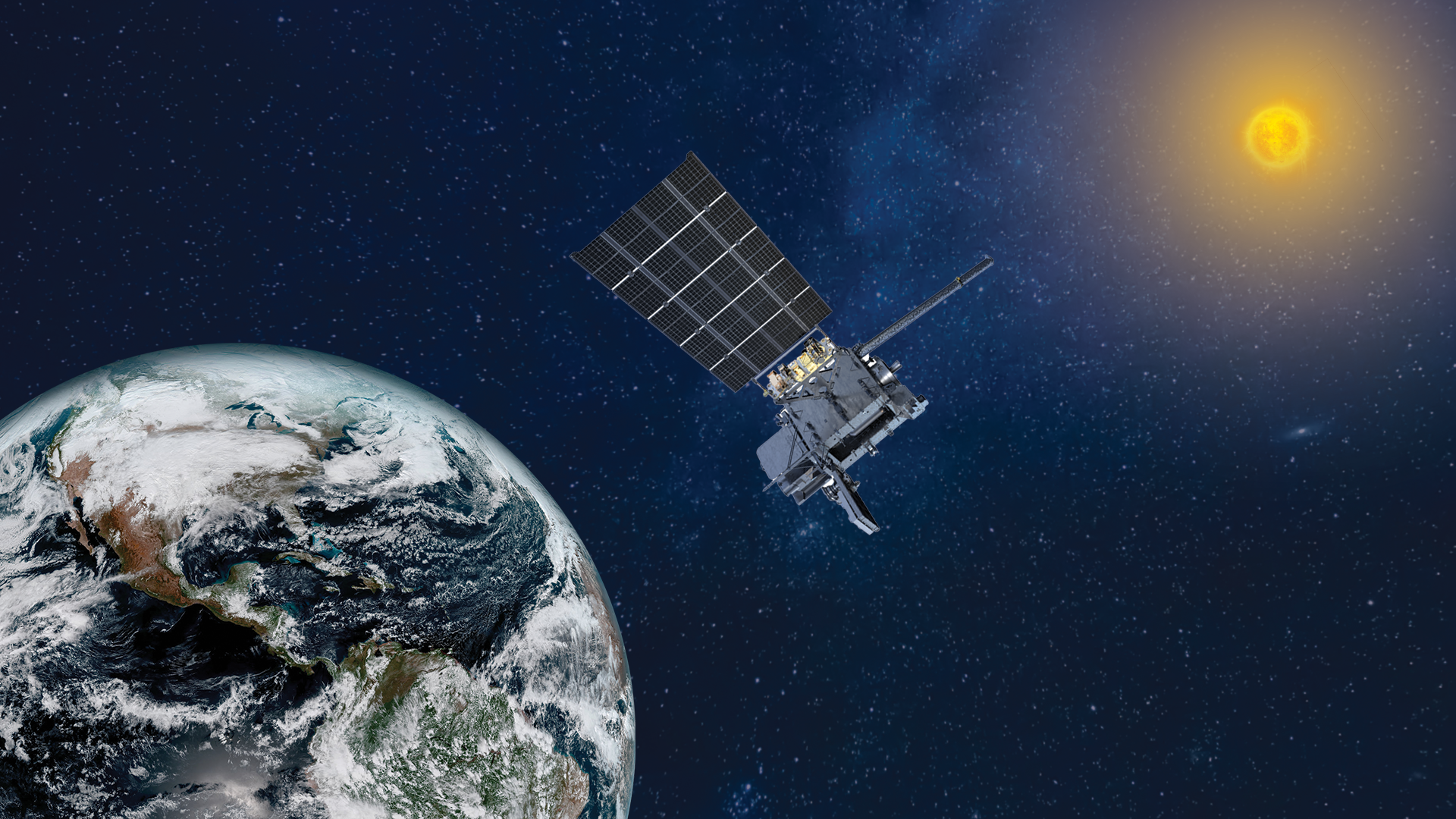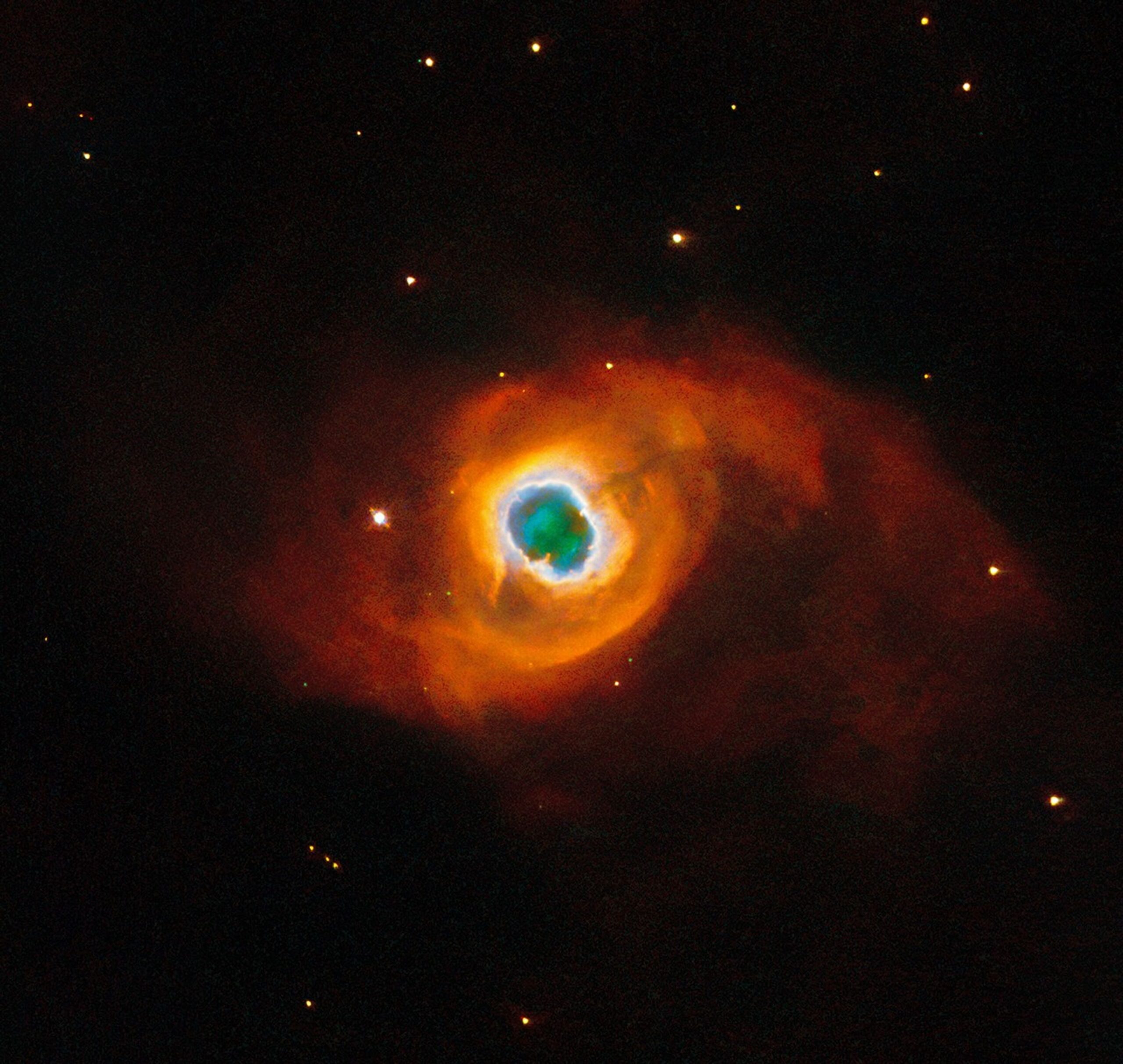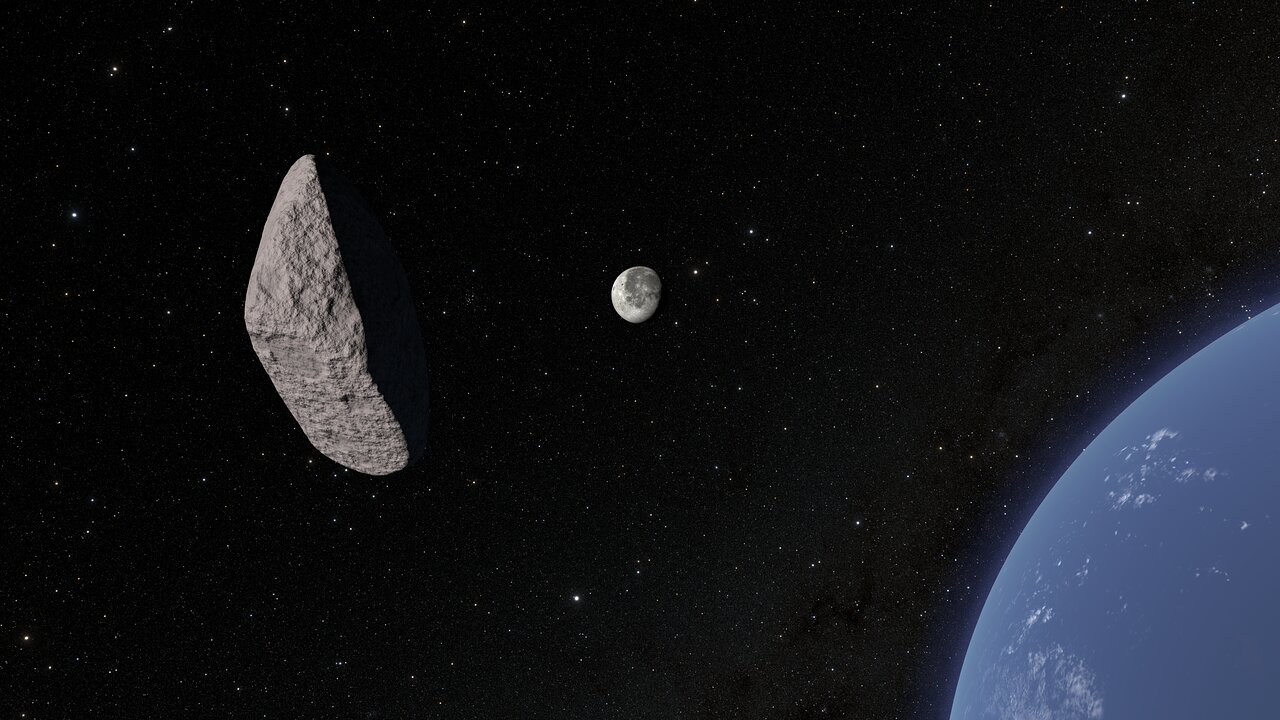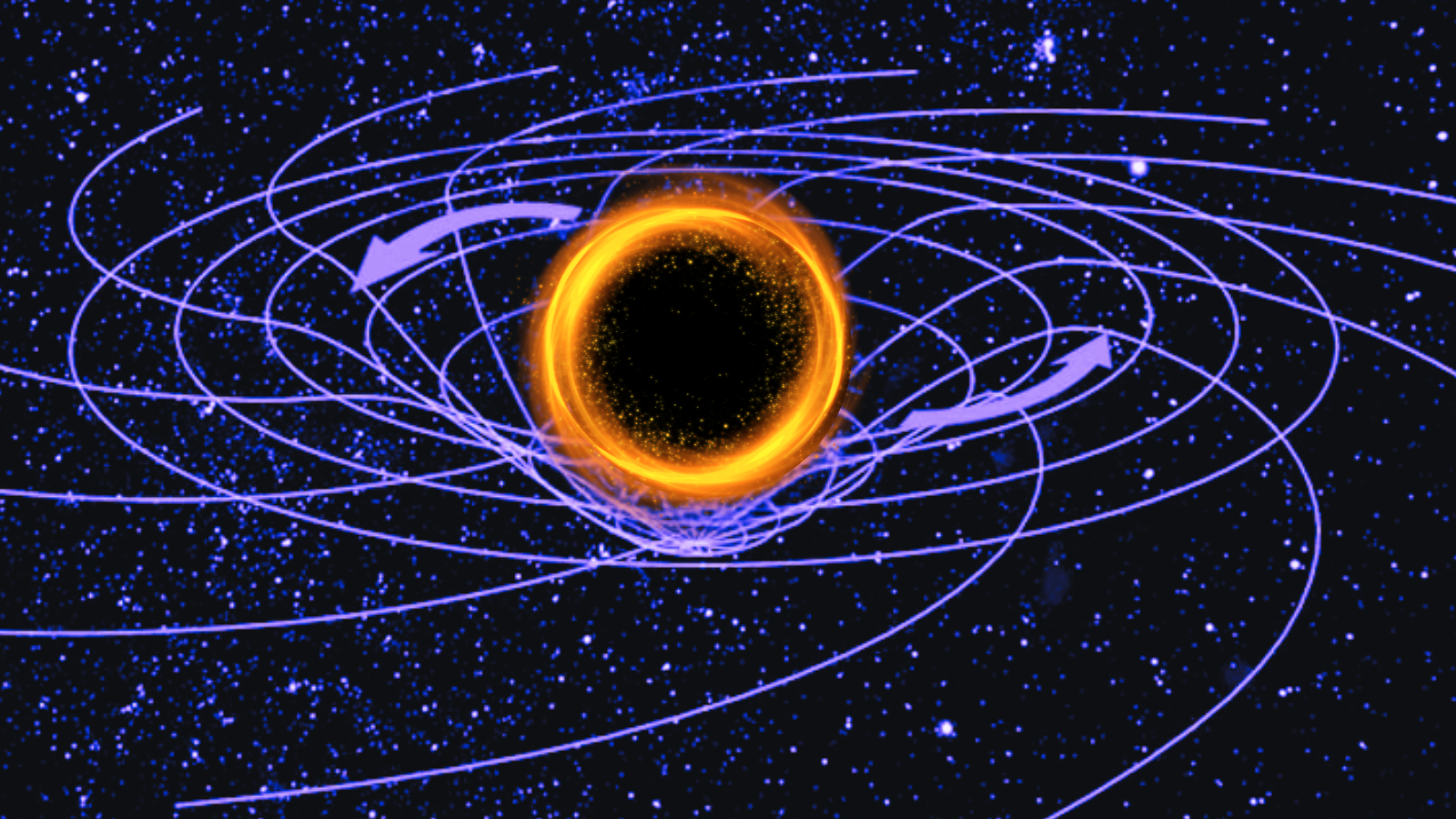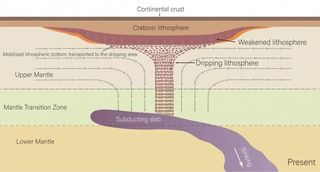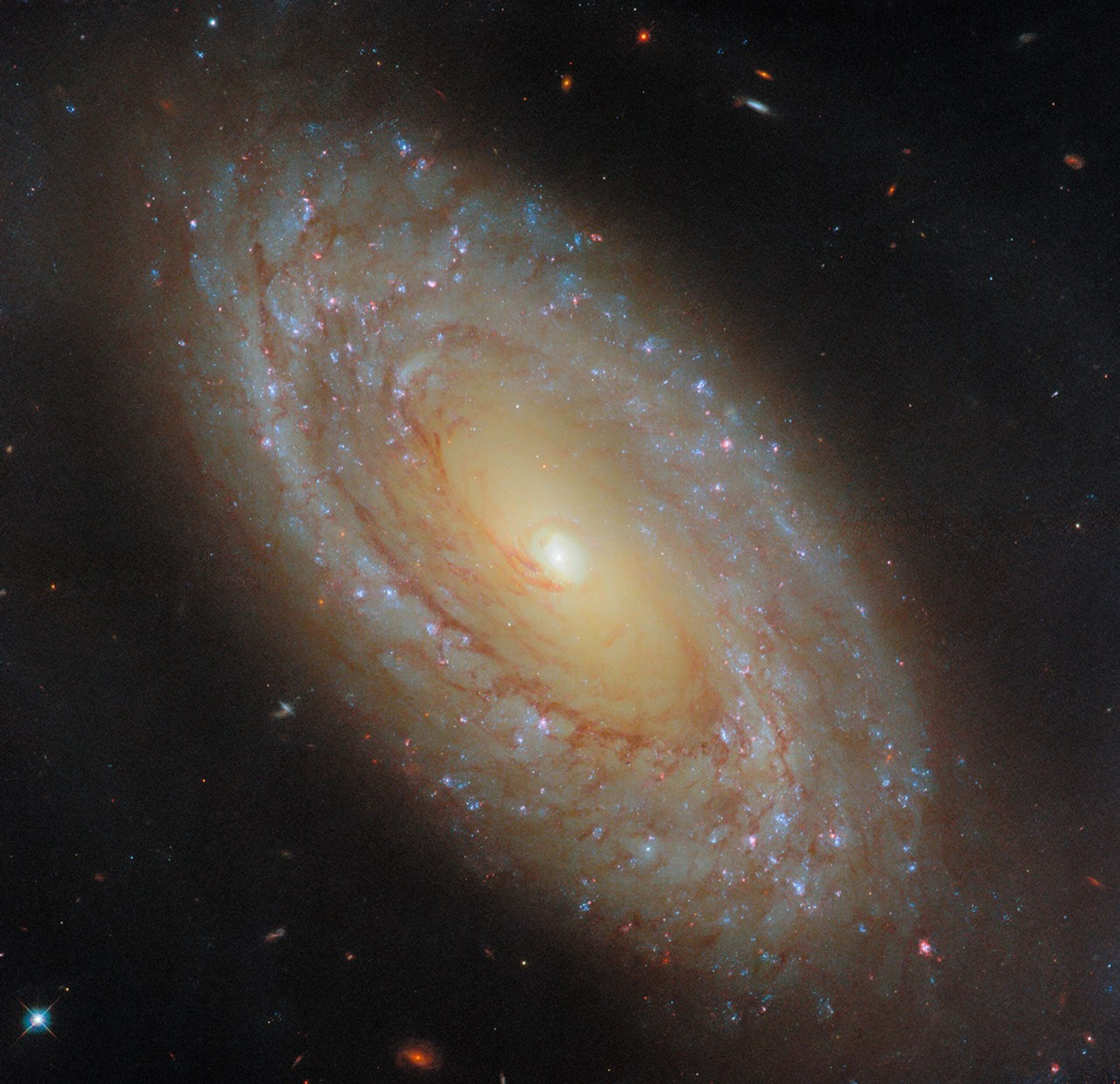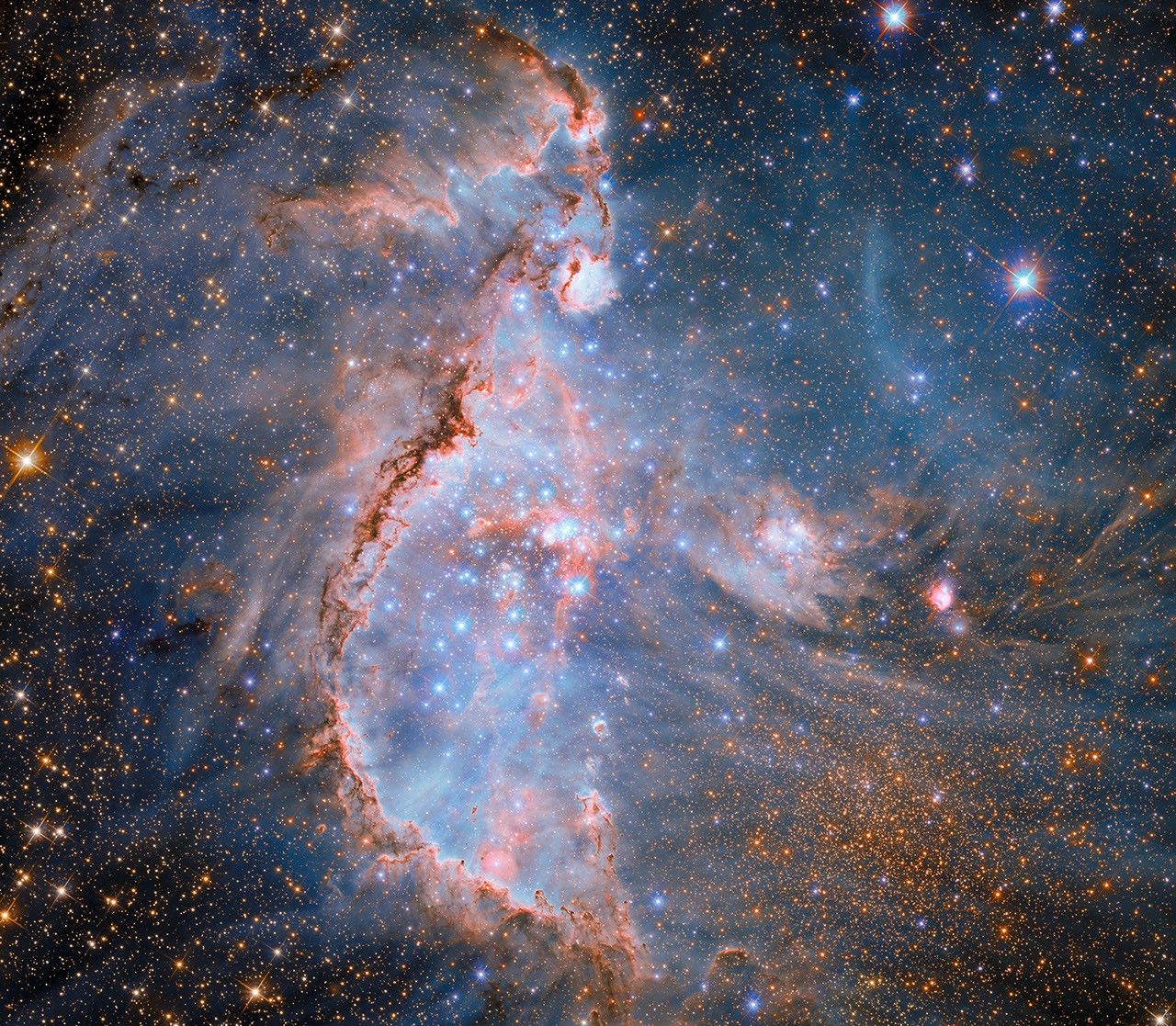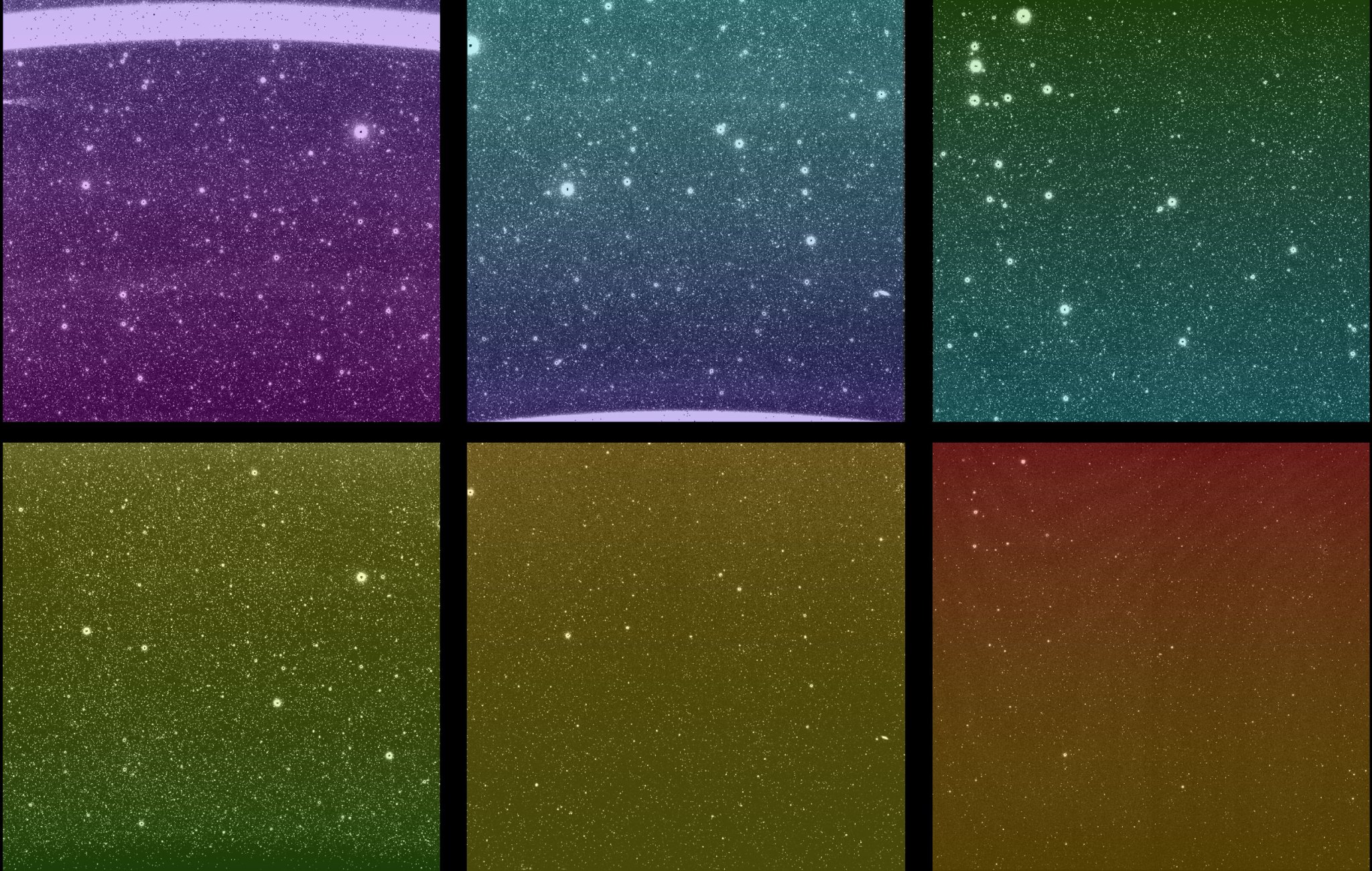The final satellite in NOAA’s GOES-R weather satellite series has a new place in orbit … and a new name. The GOES-19 weather satellite, which launched into orbit in June 2024, has officially taken the place of its predecessor GOES-16 to watch over the Western Hemisphere from its perch 22,236 miles (35,785 kilometers) above us. To mark the milestone, the satellite has the new name of GOES East to serve as the dominant geostationary satellite in the fleet, NOAA officials said in a statement. “With GOES-19 now in operation, NOAA…
Read MoreTag: The Universe
Hubble Captures a Star’s Swan Song
Explore Hubble Hubble Home Overview About Hubble The History of Hubble Hubble Timeline Why Have a Telescope in Space? Hubble by the Numbers At the Museum FAQs Impact & Benefits Hubble’s Impact & Benefits Science Impacts Cultural Impact Technology Benefits Impact on Human Spaceflight Astro Community Impacts Science Hubble Science Science Themes Science Highlights Science Behind Discoveries Hubble’s Partners in Science Universe Uncovered Explore the Night Sky Observatory Hubble Observatory Hubble Design Mission Operations Missions to Hubble Hubble vs Webb Team Hubble Team Career Aspirations Hubble Astronauts News Hubble News…
Read MoreNASA spacecraft spots monster black hole bursting with X-rays ‘releasing a hundred times more energy than we have seen elsewhere’
We’ve all woken up in a terrible mood from time to time, but a newly observed monster black hole is really having a bad day. The previously inactive supermassive black hole at the heart of the galaxy SDSS1335+0728, located about 300 million light-years away from us, was seen erupting with the longest and most powerful X-ray blasts ever seen from such a cosmic titan. This active phase marks the start of the supermassive black hole devouring matter around it and erupting with short-lived flaring events called quasiperiodic eruptions (QPEs). The…
Read MoreWe now know the shape of notorious asteroid 2024 YR4 that dominated headlines recently — it’s probably ‘suburban,’ too
The asteroid 2024 YR4 — the one that caused a stir earlier this year due to its potential collision course with Earth — has a surprising tale to tell. A new study reports that this space rock likely hails from the central region of the main asteroid belt between Mars and Jupiter — a cosmic “suburb” scientists don’t typically associate with asteroids that cross paths with our planet. Shortly after its discovery late last year, astronomers calculated that 2024 YR4 had a 1.3% chance (1-in-83) of impacting Earth in December…
Read MoreBlack holes as batteries: Could humanity ever harness the energy of these cosmic titans?
Humans are quite rightly fascinated by black holes, but could we ever harness them as an energy source? New research poses this question in order to explore some of the most wonderous cosmic events. Black holes are bounded by outer barriers called event horizons that prevent us from ever viewing their interiors or their hearts, singularities at which all known laws of physics collapse. This means black holes couldn’t be more mysterious. Black holes are also unlike anything found on Earth or in the solar system in another respect: their…
Read MoreA day on Uranus is actually longer than we thought, Hubble Telescope reveals
Uranus just got a little more time on its hands. A fresh analysis of a decade’s worth of Hubble Space Telescope observations shows Uranus takes 17 hours, 14 minutes and 52 seconds to complete a full rotation — that’s 28 seconds longer than the estimate provided by NASA’s Voyager 2 spacecraft nearly four decades ago. In January 1986, Voyager 2 became the first — and so far the only — spacecraft to explore Uranus, and with its data, astronomers pegged the ice giant’s rotation period at 17 hours, 14 minutes…
Read MoreNorth America is ‘dripping’ down into Earth’s mantle, scientists discover
An ancient slab of Earth’s crust buried deep beneath the Midwest is sucking huge swatches of present-day’s North American crust down into the mantle, researchers say. The slab’s pull has created giant “drips” that hang from the underside of the continent down to about 400 miles (640 kilometers) deep inside the mantle, according to a new study. These drips are located beneath an area spanning from Michigan to Nebraska and Alabama, but their presence appears to be impacting the entire continent. The dripping area looks like a large funnel, with…
Read MoreHubble Studies a Nearby Galaxy’s Star Formation
Explore Hubble Hubble Home Overview About Hubble The History of Hubble Hubble Timeline Why Have a Telescope in Space? Hubble by the Numbers At the Museum FAQs Impact & Benefits Hubble’s Impact & Benefits Science Impacts Cultural Impact Technology Benefits Impact on Human Spaceflight Astro Community Impacts Science Hubble Science Science Themes Science Highlights Science Behind Discoveries Hubble’s Partners in Science Universe Uncovered Explore the Night Sky Observatory Hubble Observatory Hubble Design Mission Operations Missions to Hubble Hubble vs Webb Team Hubble Team Career Aspirations Hubble Astronauts News Hubble News…
Read MoreHubble Spots Stellar Sculptors in Nearby Galaxy
Explore Hubble Hubble Home Overview About Hubble The History of Hubble Hubble Timeline Why Have a Telescope in Space? Hubble by the Numbers At the Museum FAQs Impact & Benefits Hubble’s Impact & Benefits Science Impacts Cultural Impact Technology Benefits Impact on Human Spaceflight Astro Community Impacts Science Hubble Science Science Themes Science Highlights Science Behind Discoveries Hubble’s Partners in Science Universe Uncovered Explore the Night Sky Observatory Hubble Observatory Hubble Design Mission Operations Missions to Hubble Hubble vs Webb Team Hubble Team Career Aspirations Hubble Astronauts News Hubble News…
Read MoreNASA’s SPHEREx Takes First Images, Preps to Study Millions of Galaxies
5 min read Preparations for Next Moonwalk Simulations Underway (and Underwater) NASA’s SPHEREx, which will map millions of galaxies across the entire sky, captured one of its first exposures March 27. The observatory’s six detectors each captured one of these uncalibrated images, to which visible-light colors have been added to represent infrared wavelengths. SPHEREx’s complete field of view spans the top three images; the same area of the sky is also captured in the bottom three images. NASA/JPL-Caltech Processed with rainbow hues to represent a range of infrared wavelengths, the…
Read More